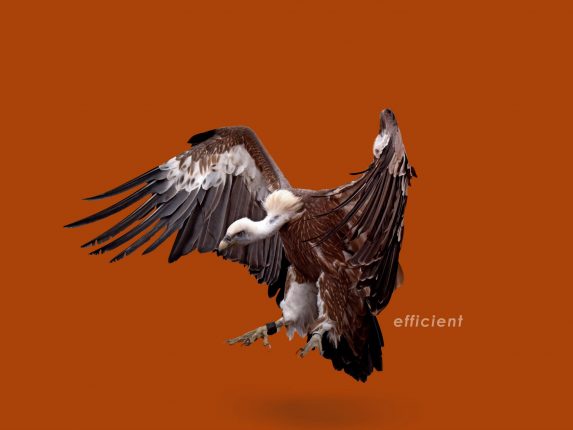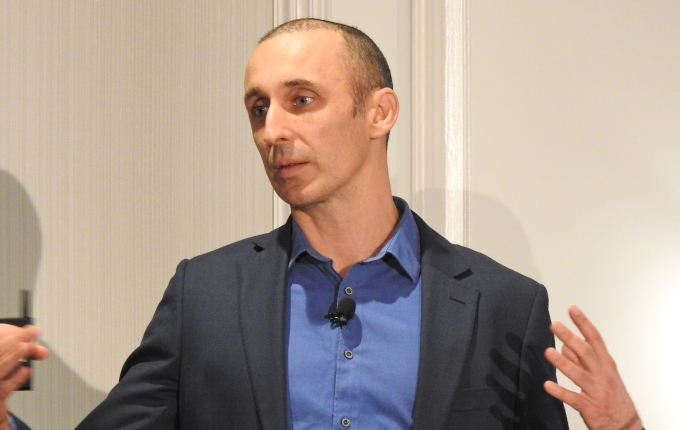The condor is often thought of as a somewhat unsightly bird with a head that is largely characterised by the patches of naked skin that are only sparsely interrupted by scraggly feather growth. Its image isn’t helped by its macabre dietary habits of scavenging for food by feasting on animal corpses, often overeating to the point that it can no longer lift of the ground.
But there is another side to this bird that has its own elegance. The condor is the most efficient creature on earth, having reduced the amount of calories it needs to travel a kilometre, relative to its weight, to the bare minimum.
Condors initially spend energy to flap their wings to rise off the ground, but after attaining a certain height they sail on the air. By utilising its large wingspan and air currents condors can move their body mass much more efficiently than any walking or running creature on this earth.
Searching for Efficiency
Insurers face a rather problematic investment climate. Historically, they have been predominantly fixed income investors, offsetting their liabilities with steady income producing assets. But in an environment where bonds are almost certain to lose money, insurers find it harder to ignore the seemingly ever increasing price levels in growth assets.
How do you position the portfolio in a way that can benefit from the current trends in growth assets, but yet maintains an efficient use of capital? How do you deal with risk in such a scenario?
We will discuss these and other topics at the 7th annual Insurance Investment Forum.
Enquire about this event





